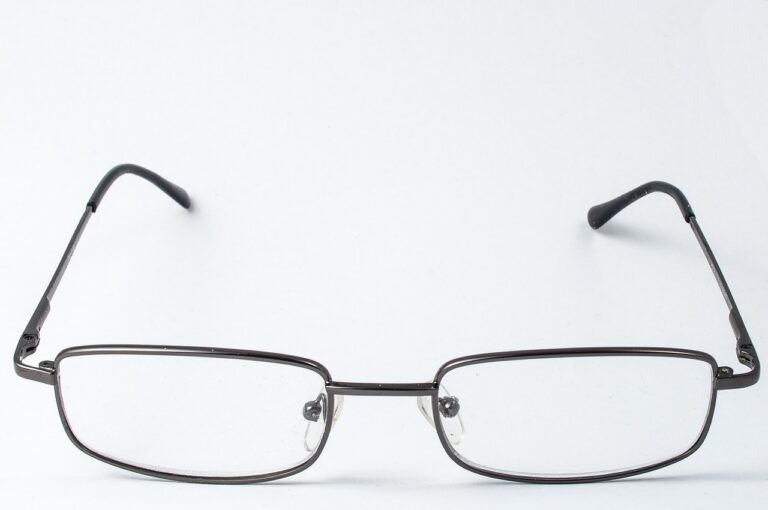Understanding the Impact of Microaggressions on Student Achievement
Microaggressions are subtle, often unintentional actions or comments that convey discriminatory attitudes towards marginalized groups. These actions may seem harmless or trivial on the surface, but they can have a significant impact on the individuals who are targeted. Microaggressions can be verbal, nonverbal, or environmental, and they can perpetuate stereotypes and reinforce existing power dynamics in society.
These incidents can occur in various social settings, including workplaces, educational institutions, and everyday interactions. They are typically rooted in stereotypes, biases, and prejudices that individuals hold towards people of different races, ethnicities, genders, sexual orientations, religions, abilities, or socioeconomic backgrounds. Although the intent behind microaggressions may not always be malicious, their cumulative effect can create a hostile environment for marginalized individuals and contribute to systemic inequality.
The Different Types of Microaggressions
Microaggressions can be categorized into three main types: microassaults, microinsults, and microinvalidations. Microassaults are explicit and intentional derogatory comments or behaviors towards a marginalized group. These can range from using racial slurs to making discriminatory jokes.
Microinsults are subtler forms of microaggressions that convey rudeness, insensitivity, or demeaning messages to a person’s identity. These remarks or behaviors may be dismissive of someone’s experiences or perpetuate stereotypes without overtly targeting them. On the other hand, microinvalidations are actions or comments that negate or disregard an individual’s thoughts, feelings, or experiences based on their identity. This type of microaggression can manifest as denying someone’s reality or invalidating their lived experiences.
Microassaults are explicit and intentional derogatory comments or behaviors towards a marginalized group
Examples include using racial slurs or making discriminatory jokes
Microinsults convey rudeness, insensitivity, or demeaning messages to a person’s identity
These may be dismissive of someone’s experiences or perpetuate stereotypes without directly targeting them
Microinvalidations negate or disregard an individual’s thoughts, feelings, or experiences based on their identity
This can manifest as denying someone’s reality or invalidating their lived experiences
How Microaggressions Manifest in Educational Settings
Microaggressions in educational settings commonly present in the form of subtle comments or actions that convey derogatory messages toward marginalized individuals or groups. These can include offhand remarks, stereotypical assumptions, or dismissive gestures that belittle the experiences or identities of students and educators. For example, a teacher may unknowingly make a comment that reinforces negative stereotypes about a certain racial or cultural group, creating a hostile environment for students within the classroom.
Furthermore, microaggressions can manifest through unequal treatment or lack of support for marginalized individuals in academic settings. This can be seen through disparities in discipline practices, allocation of resources, or opportunities for advancement based on factors such as race, gender, or socioeconomic status. Such systemic biases contribute to a pervasive culture of inequality and exclusion, undermining the educational experience and well-being of those who are targeted by microaggressions.
What is the definition of microaggressions?
Microaggressions are subtle, often unintentional actions or remarks that communicate derogatory or negative messages towards marginalized groups.
What are the different types of microaggressions?
There are three main types of microaggressions: microassaults, microinsults, and microinvalidations. Microassaults are explicit derogatory actions or remarks, microinsults are subtle insults or rude behavior, and microinvalidations dismiss the thoughts or feelings of marginalized groups.
How do microaggressions manifest in educational settings?
In educational settings, microaggressions can manifest through biased curriculum, discriminatory behavior from teachers or peers, and institutional practices that disadvantage marginalized groups. These microaggressions can create hostile learning environments and negatively impact the educational experiences of students.







